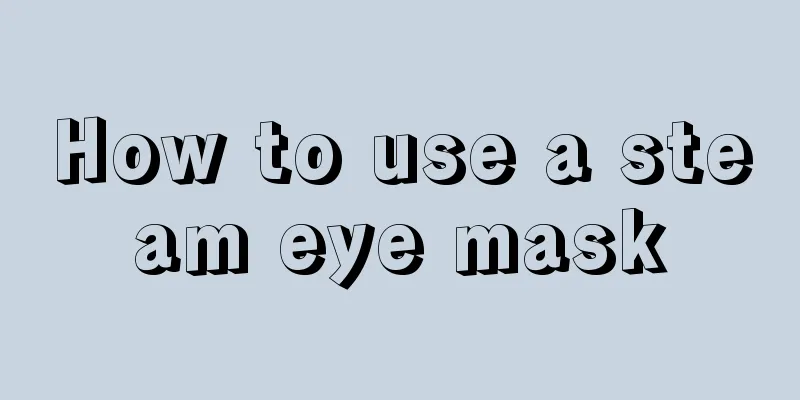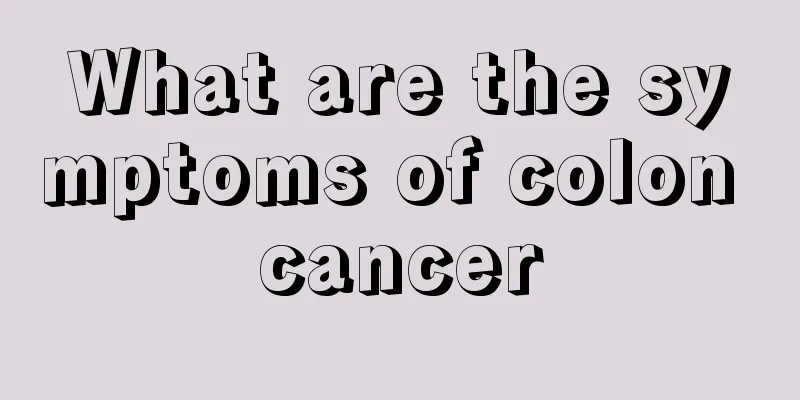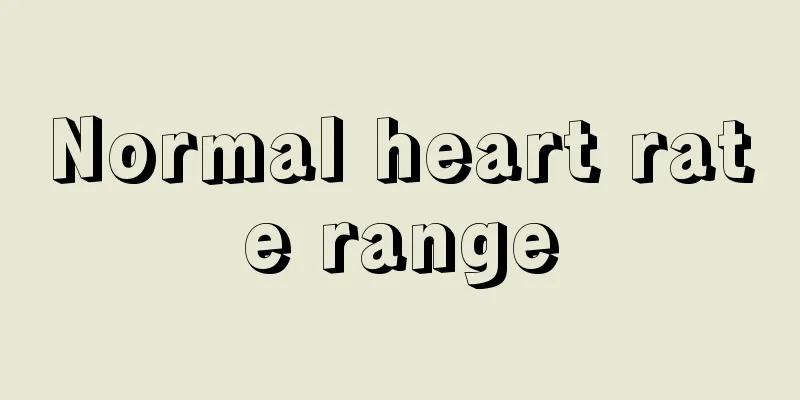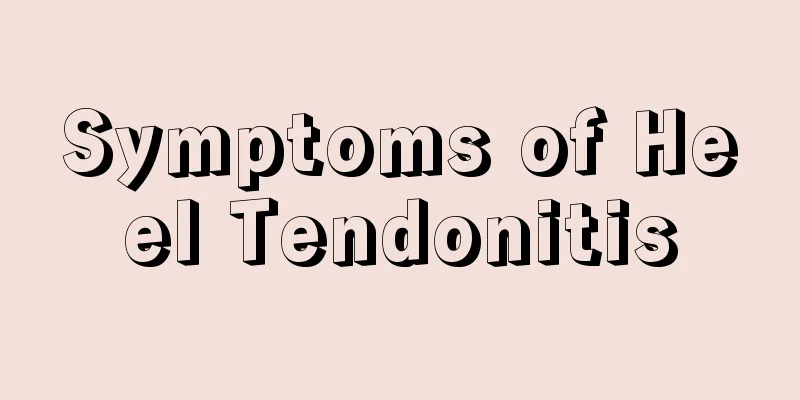What are the treatments for pericarditis

|
Pericarditis is a common disease in life because it can be caused by many factors, including bacteria, autoimmunity, constriction and other factors. There are several ways to treat pericarditis, and the treatment method depends on the cause of the disease and the patient's physical condition. (i) Pericarditis can generally be treated with systemic antibiotics: pericardial puncture to extract pus and injection of antibiotics into the pericardial cavity. There are two puncture methods: ① Left parasternal route: The patient takes a semi-recumbent position, the left anterior chest is disinfected and covered with a drape, and under local anesthesia, the puncture needle is inserted 2 to 3 cm into the sternum between the fourth and fifth ribs on the left side of the anterior chest. Push backward and inward, aspirate the syringe while pushing, and stop pushing when pus is drawn out to avoid damaging the heart and coronary blood vessels. The fluid should not be drawn out too quickly. After the fluid is drawn out, an appropriate amount of antibiotics can be injected into the pericardial cavity. ② Subxiphoid and left costal margin approach: The patient with pericarditis should take a semi-recumbent position, place a thin pillow under the lower back, and lay a disinfected towel. Under local anesthesia, a 10-cm puncture needle was inserted from the sharp angle between the xiphoid process and the left costal margin. The needle and the abdominal wall are pushed upward and backward at a 45° angle, while the syringe is sucked until pus is drawn out of the pericardial cavity. The left parasternal approach is prone to piercing the pleura and contaminating the chest cavity, and there is a possibility of puncturing coronary blood vessels. The subxiphoid left costal approach is convenient and safe. In order to prevent heart damage, the ECG chest leads can be clamped at the root of the puncture needle to continuously record the ECG. When the needle tip contacts the surface of the heart, the QRS wave becomes inverted, and when the puncture needle is withdrawn, the QRS wave returns to normal. (ii) Pericardial drainage for the treatment of pericarditis: If the symptoms of pericardial pus and toxic blood do not improve after puncture and drainage, or the pus is thick and puncture and drainage are difficult, pericardiotomy and drainage should be used. The treatment of pericarditis is to make an arcuate incision on the left side of the sternum, remove the 4th and 5th costal cartilages, and then push the pleura outward. Before incising the pericardium, puncture is required to confirm the diagnosis. After that, the pericardium is incised with a cross-shaped incision and a piece of pericardial biopsy is removed. After the pus is sucked out, the septate pus cavity is separated with fingers and a rubber strip is placed to drain the pus. In addition, subxiphoid pericardial drainage can also be used. Generally, pericarditis can be cured in 4 to 6 weeks if drainage is unobstructed. |
<<: What is the difference between heart failure and heart insufficiency
>>: Is pericardial effusion serious? What are the complications?
Recommend
How to use lip balm?
Every year when autumn and winter come, the weath...
How to deal with oil stains on clothes
When winter comes, many people will invite a few ...
What's wrong with the pain on both sides of the Adam's apple
When we have a sore throat, the first thing we co...
Nine ways to nourish your stomach in life
The stomach and intestines are the focus of peopl...
Cancer may be "fed" by your own mouth! Come and have a look
We often hear that illness comes from the mouth, ...
Experts explain the main signs of uterine cancer
There are some signs before uterine cancer occurs...
What is the chance of successful cure of glioma
Glioma has always been a disease that has a great...
What are the acupuncture points for detoxification
There are acupoints in every part of our body, an...
A one-year-old child has recurring fever?
Fever is a very common disease and also a common ...
What are the methods to remove dandruff
Many people want to have healthy hair, especially...
Is there any cure for liver cancer stage 3b
Stage 3b liver cancer generally refers to the adv...
If you have skin pain, be alert to this disease!
In daily life, if you experience skin pain, you m...
Skin turns darker in autumn
Most female friends pay attention to sun protecti...
What does eugenics genetic test include?
Today's society advocates eugenics and good p...
Lung cancer in the late stage cannot be operated on, should I take icotinib for targeted therapy?
Patients with advanced lung cancer who cannot und...









